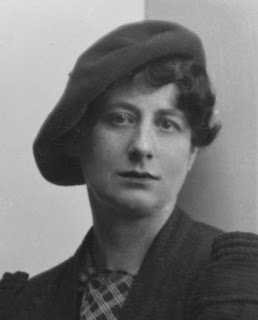Six people didn’t regret the death of the victim, one of them committed murder
 |
| Five Red Herrings was the sixth Lord Peter Wimsey novel |
The novel is
the sixth by Dorothy to feature her amateur sleuth, Lord Peter Wimsey, who is
holidaying in Scotland and amusing himself by living the simple life in a
cottage, although he is accompanied by his manservant, Bunter, who attends to
his every need.
Early in the
novel, Wimsey comes across the dead body of an artist in a stream and finds an
easel nearby with a half-finished painting that is still wet.
It is
assumed that the painter, Campbell, who is a heavy drinker and has quarrelled
with most of the other artists in the area, has fallen into the stream
accidentally and has fractured his skull, causing his death.
However,
Wimsey notices that there is an important item missing from the crime scene and
suspects Campbell has been murdered and that another artist has painted the
picture, skilfully faking Campbell’s distinctive style.
He shares
this information with the police officers who arrive at the scene, but Dorothy
doesn’t reveal to the reader the identity of the important missing item, although
she puts all the information Wimsey had at the time at the disposal of the
reader so they can work it out for themselves.
And so, once
again, we’re off! The police know of Wimsey’s reputation and invite the English
Lord to join the investigation, giving him full access to all the information
they obtain during their enquiries, which Dorothy shares with the reader.
.jpg) |
| Ian Carmichael played Lord Peter Wimsey in the BBC TV adaptations of the stories |
It is complicated
for the reader to differentiate between the six artists and their various homes
and financial circumstances. Their alibis involve intricacies such as train
timetables, different bicycles, the technicalities of various ticket punchers at
stations and railway accounting procedure.
The reader
is not helped by Dorothy faithfully reproducing in her dialogue the different
Scottish accents and dialect words used by the characters, which sometimes makes
the novel a difficult read.
At the end
of the story, Wimsey carries out a
reconstruction of the events that take place during the 24 hours leading up to
the murder, to try to convince the police that his theory about the identity of
the murderer, which differs from their own, is the correct one.
It is a
complicated story, with perhaps too many suspects, but Dorothy plays fair with
the reader, as always, and makes it theoretically possible to work out the whodunit
element of the novel, if the reader is clever enough. She describes the Scottish
setting evocatively and convincingly, her knowledge of, and love for the area, shining
through.
Five Red
Herrings will particularly appeal to readers who enjoy the puzzle aspect of
detective novels.

.jpg)















